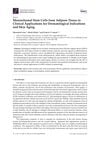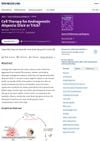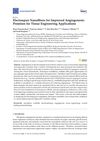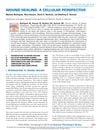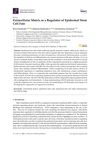Mammalian Fetal Organ Regeneration
January 2005
in “
Advances in Biochemical Engineering / Biotechnology
”
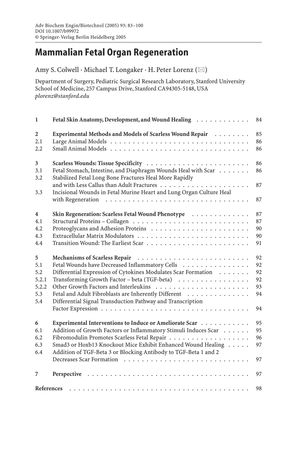
TLDR Fetal wounds heal without scarring because of different biological factors, which could help improve adult wound healing.
The 2005 document examined the differences between scarless wound healing in mammalian fetuses and scarring in adults, focusing on the role of the extracellular matrix, growth factors, cytokines, and gene expression. It was found that fetal wounds heal without scarring due to factors like higher hyaluronic acid content, different expression of adhesion proteins and integrins, and a favorable balance of matrix metalloproteinases to their inhibitors. The study also noted that fetal fibroblasts differ from adult fibroblasts in their ability to migrate and synthesize ECM components. Experiments indicated that adding growth factors or inflammatory stimuli to fetal wounds can induce scarring, while certain anti-inflammatory agents and gene manipulations can promote scarless healing. The findings suggest that understanding and replicating these fetal mechanisms could improve adult wound healing and reduce scarring.


